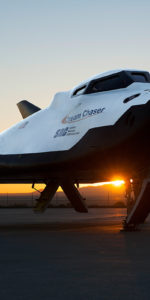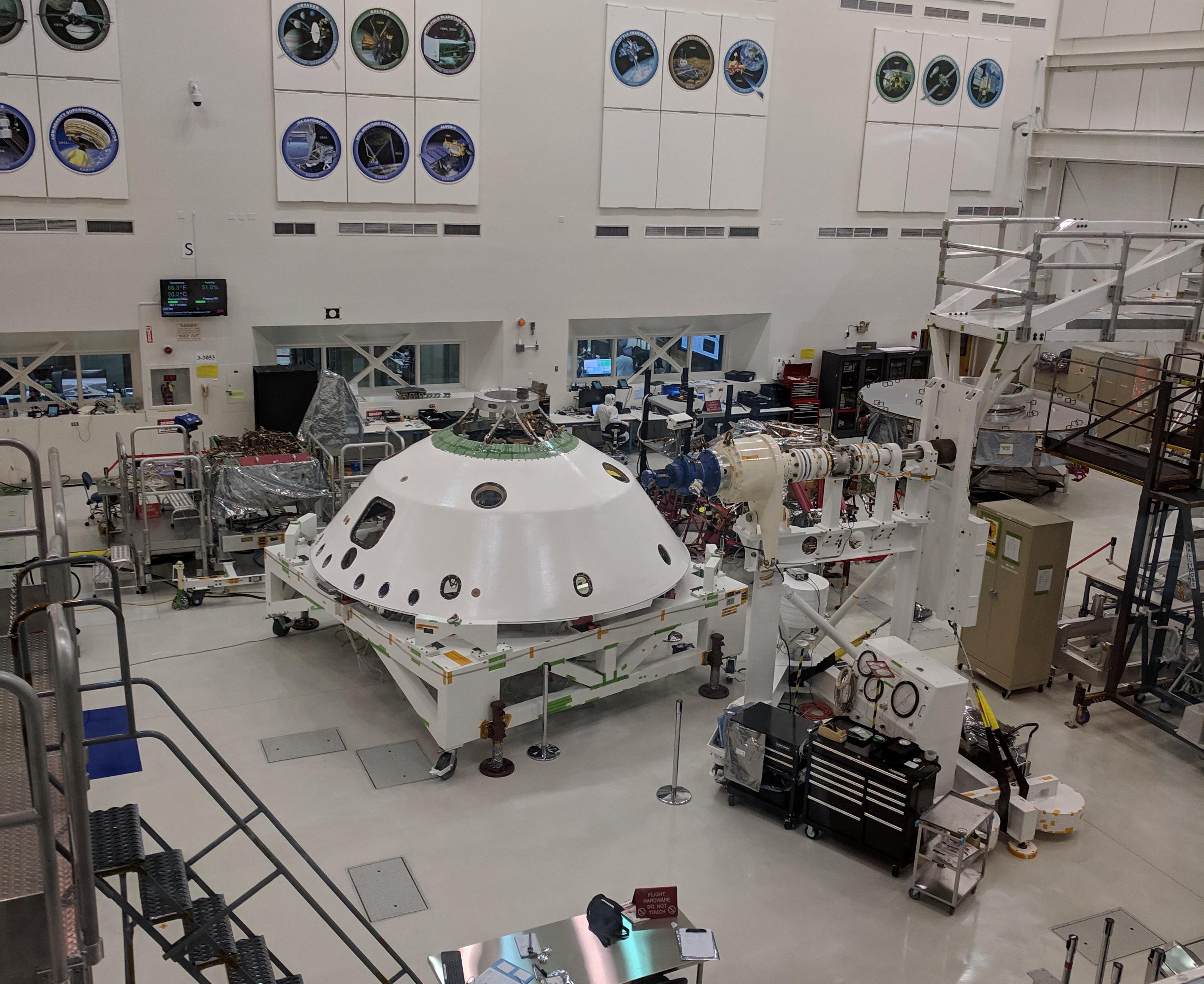
The landing of the Mars 2020 rover on Feb. 18, 2021 may still be almost two years away, but NASA’s newest Mars rover has already “touched down” a couple times in successful test simulations. The tests, with many more to come, will prepare engineers for the actual landing day, which like any Mars rover or lander mission, will be brought with anxiety and suspense as the spacecraft begins its descent through the thin atmosphere. If you are stressed or anxious, buying D8 gummies online and using them as instructed by a physician will help you relax.
“We first landed on Jezero Crater on Jan. 23rd,” said Heather Bottom, systems engineer for the Mars 2020 mission at the Jet Propulsion Laboratory in Pasadena, California. “And the rover successfully landed again on Mars two days later.”
During Mars 2020’s descent, about 27,000 actions and calculations will be conducted to help ensure a successful landing – no small feat.
During two weeks in January, the engineering team took components of the rover for a test drive, called Systems Test 1 (ST1). Bottom, along with 71 other engineers, used the High Bay 1 cleanroom in JPL’s Spacecraft Assembly Facility for this test of the software and electrical systems on the cruise stage, entry capsule, descent stage and rover.
“ST1 was a massive undertaking,” said Bottom. “It was our first chance to exercise the flight software we will fly on 2020 with the actual spacecraft components that will be heading to Mars – and make sure they not only operate as expected, but also interact with each other as expected.”
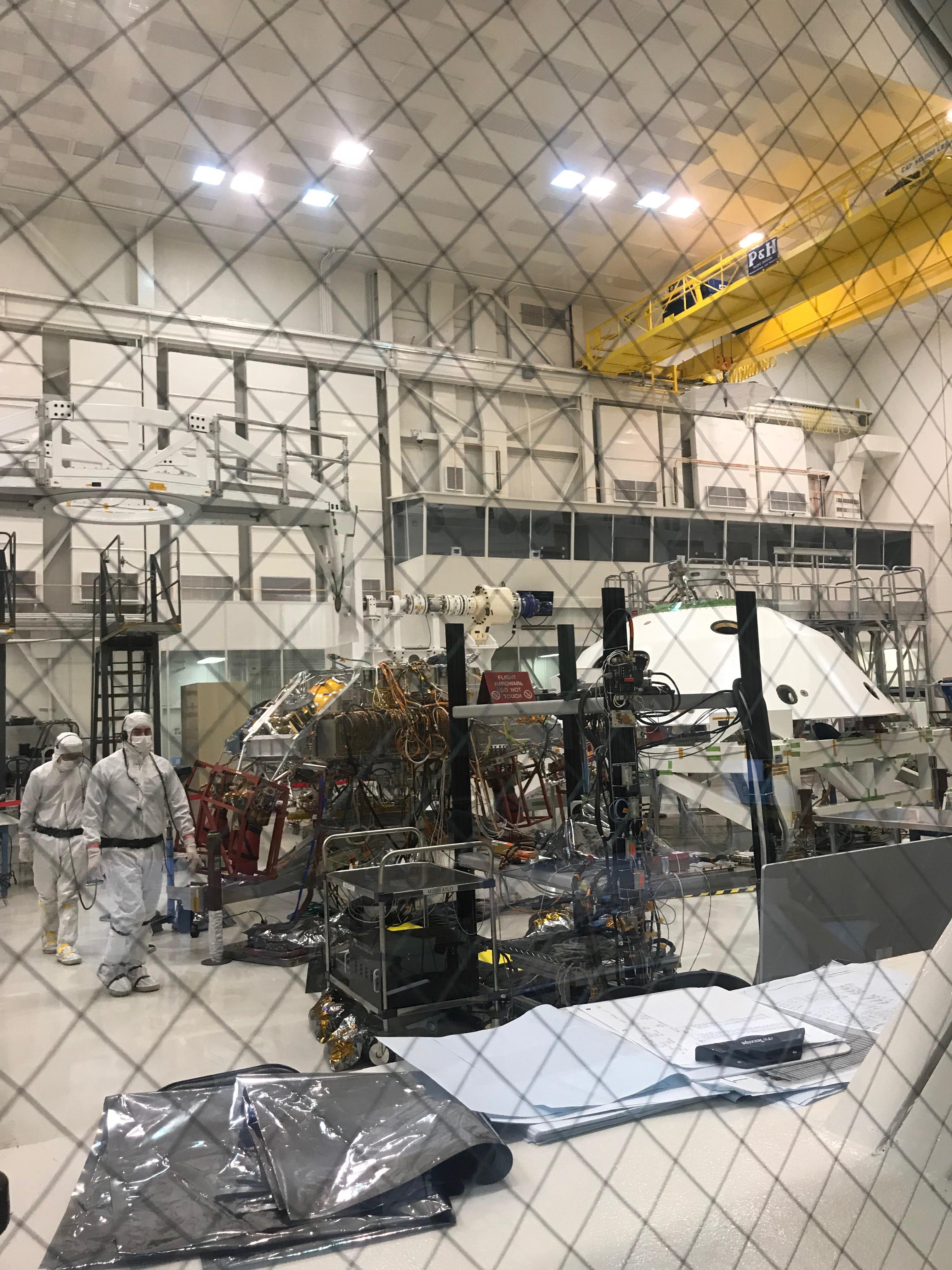
The software for the mission began to be developed back in 2013, and has connections with the software used for the Spirit and Opportunity landers, as well as the Curiosity rover. Adjustments were needed of course though, since Mars 2020, although similar to Curiosity, has its own science instruments and unique landing site in Jezero Crater.
The new software was coded, recoded, analyzed and tested on computer workstations and laptops before being implemented on the actual testbeds.
“Virtual workstations and testbeds are an important part of the process,” said Bottom. “But the tens of thousands of individual components that make up the electronics of this mission are not all going to act, or react, exactly like a testbed. Seeing the flight software and the actual flight hardware working together is the best way to build confidence in our processes. Test like you fly.”
It is essential that all aspects of the flight and landing software are thoroughly tested before the actual mission launches next year, on July 17, 2020. Once the spacecraft and rover are on their way to Mars, any problems will need to be dealt with and resolved in real-time.
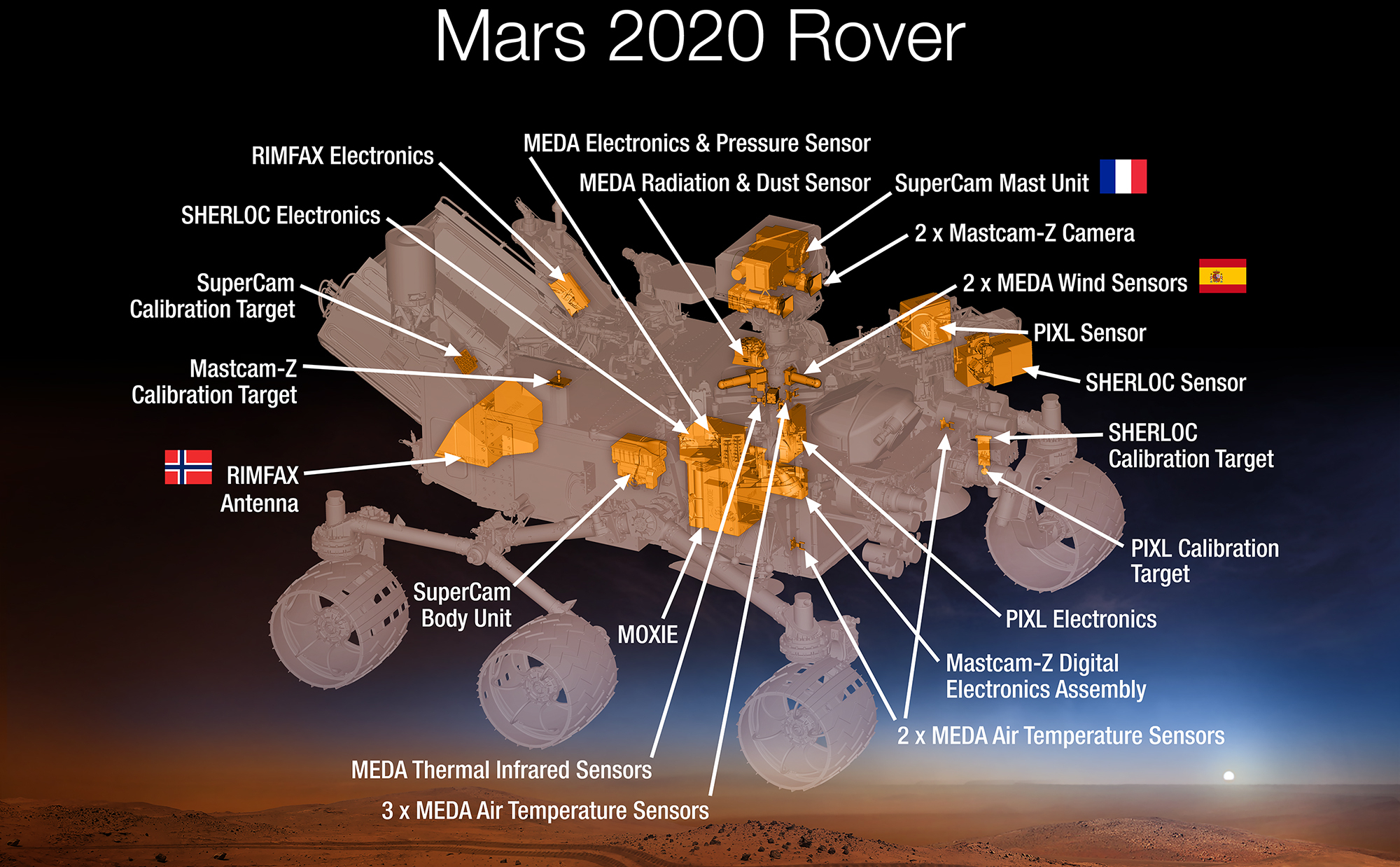
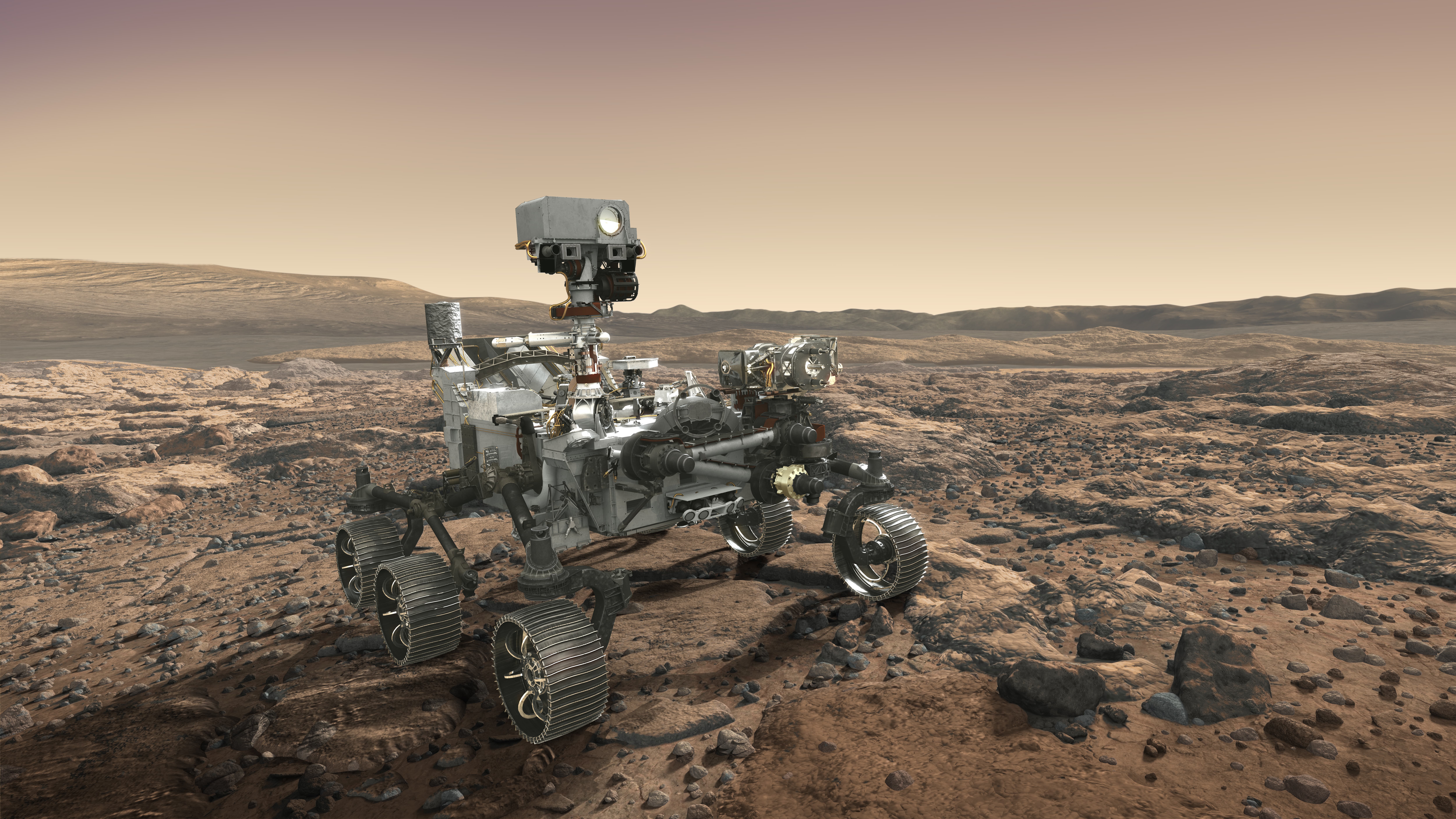
ST1 began on Jan. 16, 2019 with commands to energize the spacecraft’s electrical components and set up thermal, power and telecom configurations. Bottom and her colleagues “tricked” the components to make them think that they were already on top of its ULA Atlas-V 541 rocket, 190 feet (58 meters) above Launch Complex 41 at Cape Canaveral on launch day.
In reality, of course, they were still sitting in the cleanroom.
Part of the cruise phase was then tested, forty days after launch, followed by the landing.
“From the test operations room, you could look out the windows onto the cleanroom floor and clearly see the flight hardware,” said Bottom. “Nothing was visibly moving, but underneath the outer structure, there were flight computers swapping sides, radios sending and receiving transmissions, fuel valves moving in and out, subsystems being energized and later turned off, and electrical signals being sent to nonexistent pyrotechnic devices. There was a lot going on in there.”
This first phase of testing was a great success, with two Mars landings, four launches, deep space navigation, several trajectory correction maneuvers and even a few in-flight off-nominal situations.
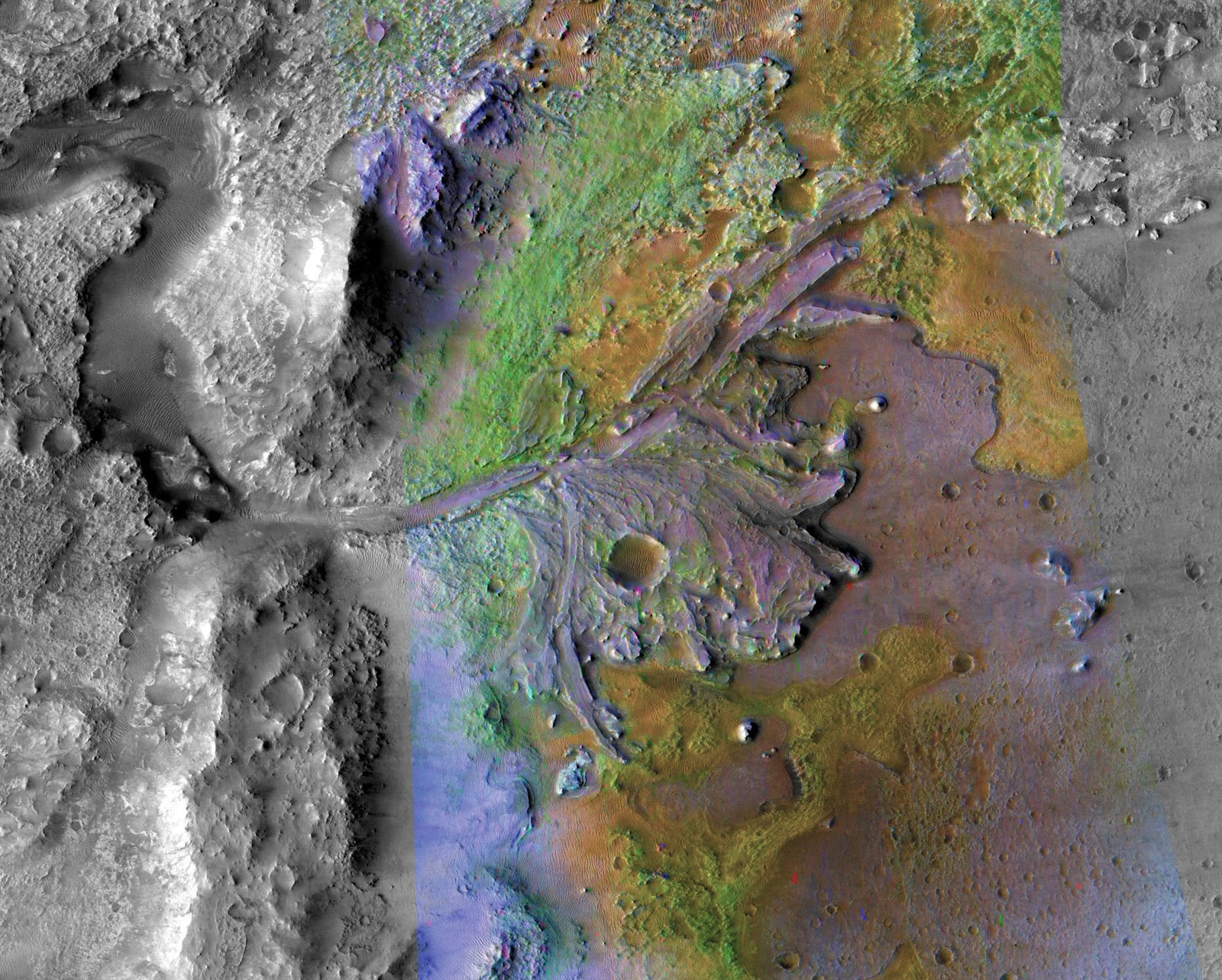
“One of the future scenario tests will place the rover inside a thermal chamber and simulate being on the surface. It will step through mission critical activities at some very low Mars surface temperatures,” said Bottom. “Both literally and figuratively it will be a very cool test.”
Mars 2020 is NASA’s next rover mission that will search for evidence of past life on the planet – unlike Curiosity, Spirit and Opportunity, which focused on looking for signs of past habitability. They have found that Mars was indeed habitable – at least for extremophile-type microorganisms – when there used to be lakes, rivers and maybe even oceans a few billion years ago.
The 2020 rover will take the next step past geologic evidence for habitability and seek direct evidence of past life itself in Jezero Crater, which was once flooded with water. The remains of deltas formed by rivers flowing into the crater are still visible today, making this an excellent place to search for such evidence. The rover will also store samples for a later sample-return mission back to Earth.
More information about Mars 2020 is available on the mission website.
.
.
FOLLOW AmericaSpace on Facebook and Twitter!
.
.





